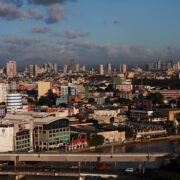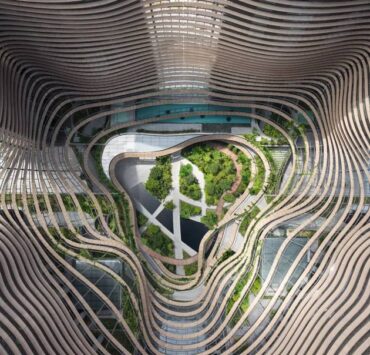Cities that never sleep
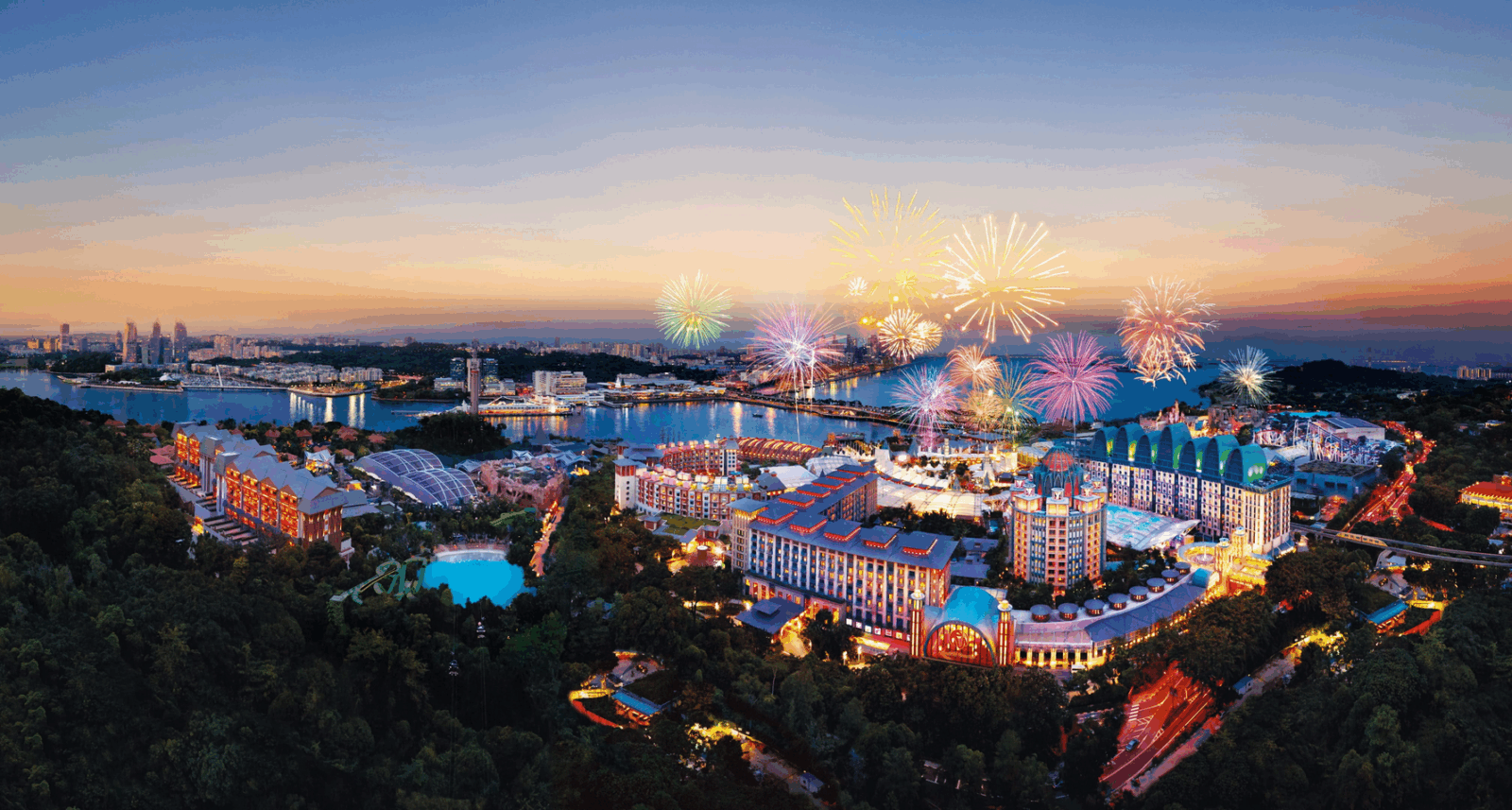
Integrated resorts (IRs) are sophisticated tourism and urban renewal engines. They merge gaming, hospitality, entertainment, and commerce in one orchestrated experience.
Across the world, these immense developments have redefined city skylines, drawn millions of visitors, and turned once quiet zones into dynamic cultural and economic districts.
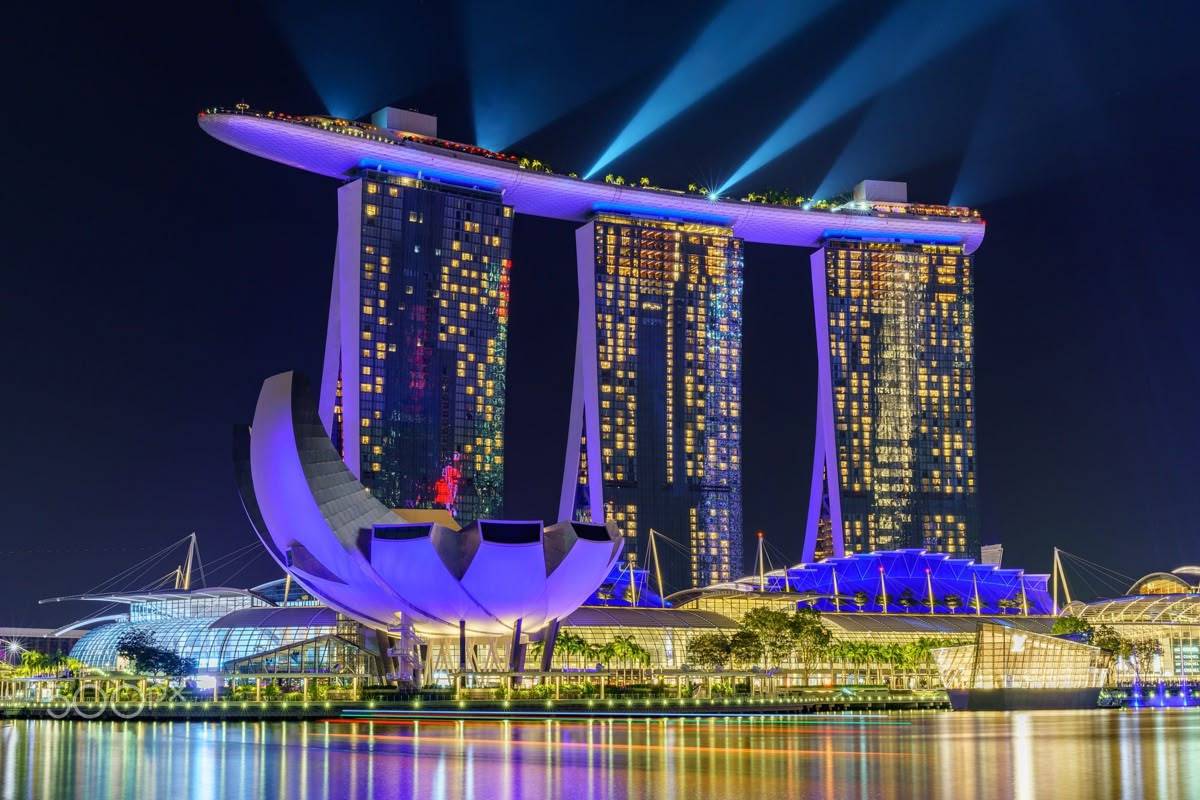
Singapore’s dual icons
Singapore’s global tourism story shines through Marina Bay Sands, an icon of precision and ambition.
Completed in 2010, its three towers and Sky Park crown have become the city’s modern emblem. The complex combines a luxury hotel, convention center, museum, shopping mall, and one of the world’s most profitable casinos.
Across the bay, Resorts World Sentosa mirrors a different character. Its cluster of hotels, Universal Studios Singapore, SEA Aquarium, and retail areas has made Sentosa Island a family and lifestyle destination.
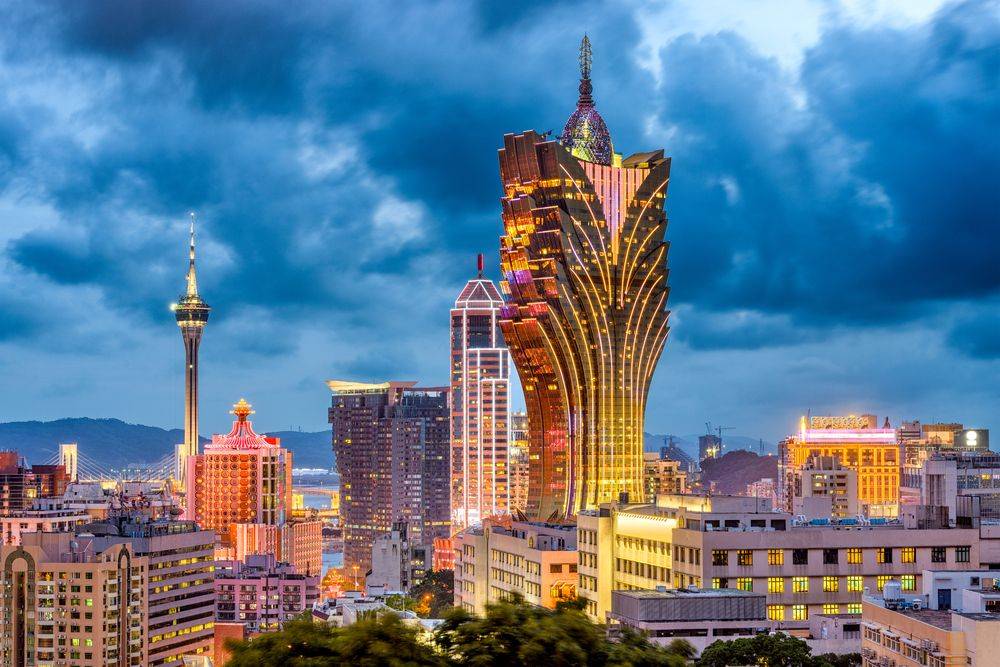
Macau’s dazzling transformation
In Macau, City of Dreams is a vivid example of transformation through integrated planning. Opened on June 1, 2009, on Cotai, it merged luxury hotels, designer shopping, fine dining, and live entertainment, anchored by a central casino.
The project connected luxury with accessibility and created new layers of public activity through pedestrian routes and themed interiors. Its water features, digital facades, and immersive art installations became regional benchmarks for experiential design.
The IR model turned reclaimed land into a vibrant tourism strip that now houses some of the world’s most valuable hospitality assets and continues to shape future leisure innovations.
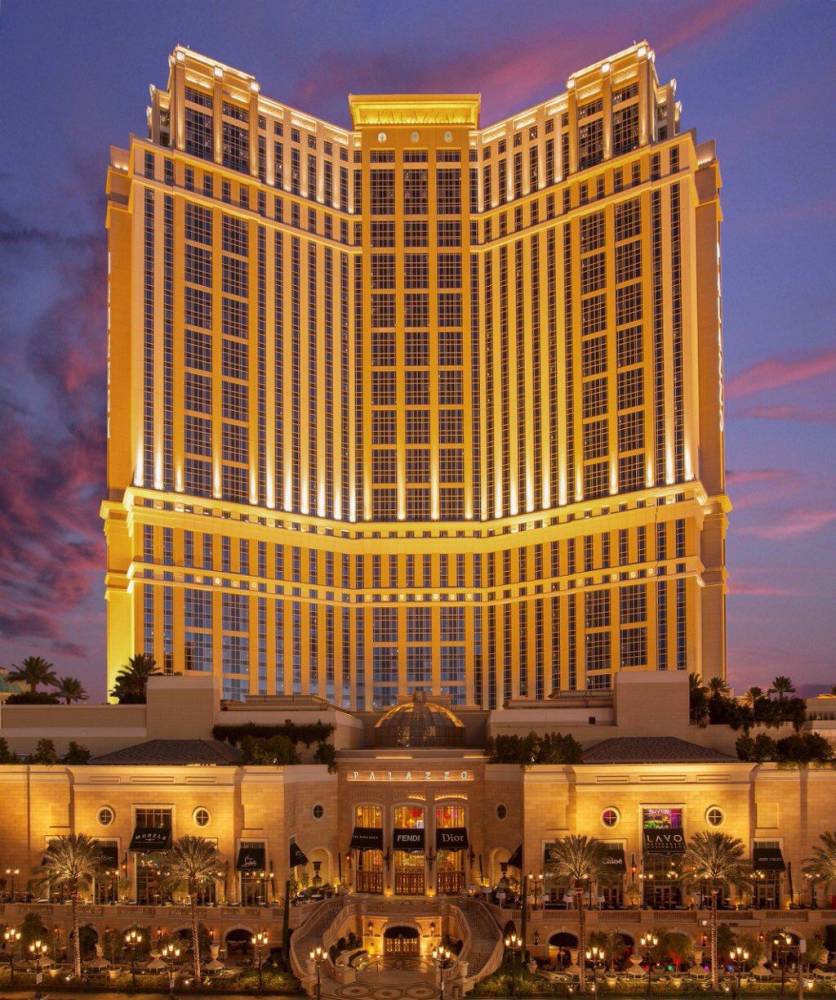
Las Vegas and the vertical metropolis
The Palazzo in Las Vegas represents the maturity of the IR concept. It was opened in December 2007 and embodies the high-density resort, combining luxury suites, performance venues, restaurants, and a casino.
Integrating The Venetian and Palazzo created a continuous ecosystem where conventions, retail, leisure, and entertainment coexist. Its pattern of constant activity, spanning business mornings to performance-filled evenings, shows how urban IRs sustain economic life beyond tourism cycles.
Dubai’s oasis of imagination
Atlantis The Palm in Dubai extends the city’s narrative of architectural wonder. Rising on the Palm Jumeirah, the resort opened on September 24, 2008, and offered marine discovery, fine dining, retail, and exclusive accommodations.
The property features the Aquaventure Waterpark, one of the largest in the world, along with The Lost Chambers Aquarium, which houses more than 65,000 marine animals. Focused on spectacle and hospitality instead of gaming, it reflects how IRs can adapt to regional values while maintaining global prestige.
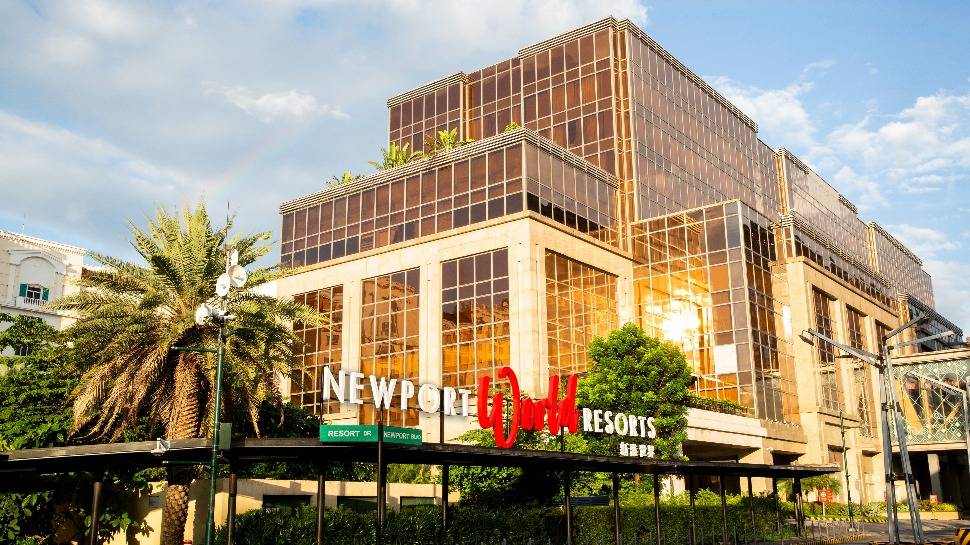
The Philippine beginning
The Philippines joined this global landscape with Newport World Resorts, the country’s first integrated resort, which opened in 2009.
Strategically located across the Ninoy Aquino International Airport Terminal 3, it sets a benchmark for accessibility and mixed-use convenience.
Its success with hotel brands, entertainment theaters, dining, and a gaming component proved the IR concept viable in the local market. The project’s continuing expansion inspired the rise of Entertainment City and similar developments, gradually positioning Metro Manila as a regional leisure and lifestyle destination.
The author (www.ianfulgar.com), is a leading architect with an impressive portfolio of local and international clients. His team elevates hotels and resorts, condominiums, residences, and commercial and mixed-use township development projects. His innovative, cutting-edge design and business solutions have garnered industry recognition, making him the go-to expert for clients seeking to transform their real estate ventures






